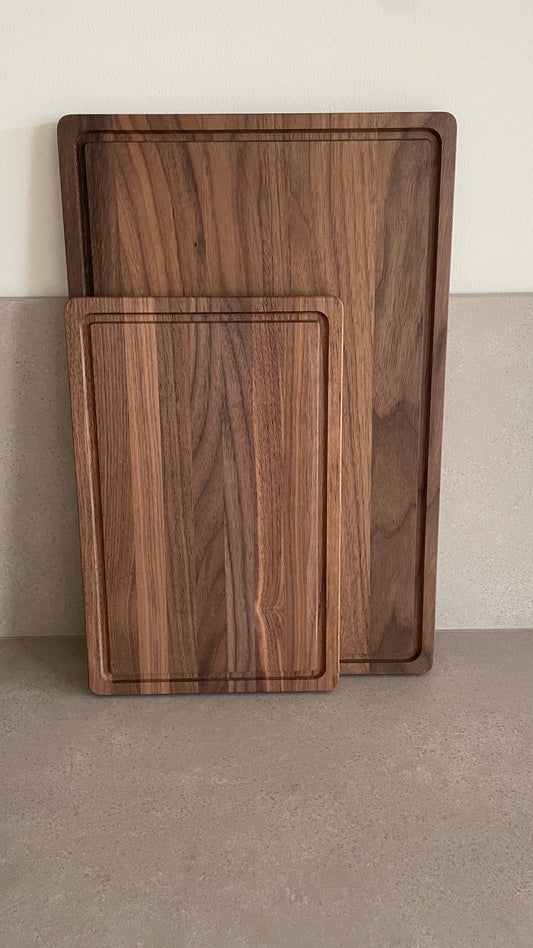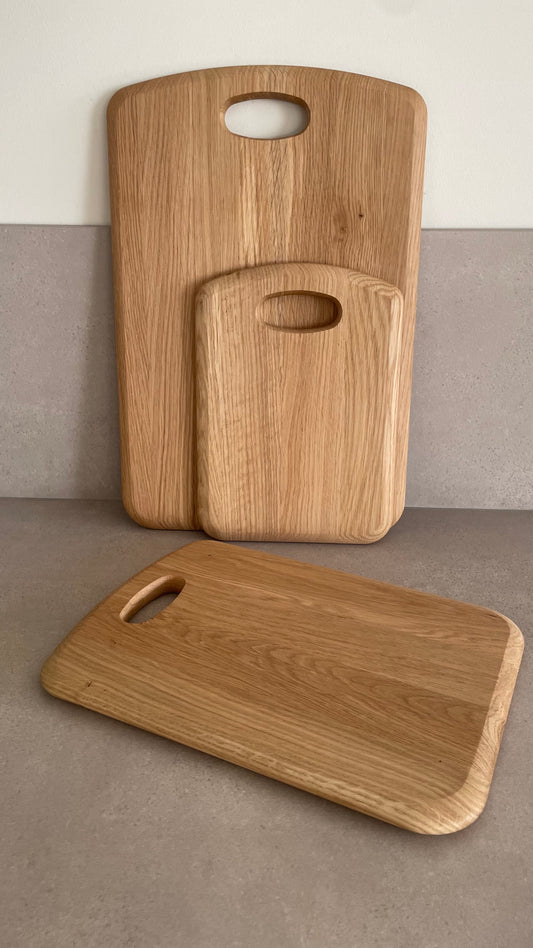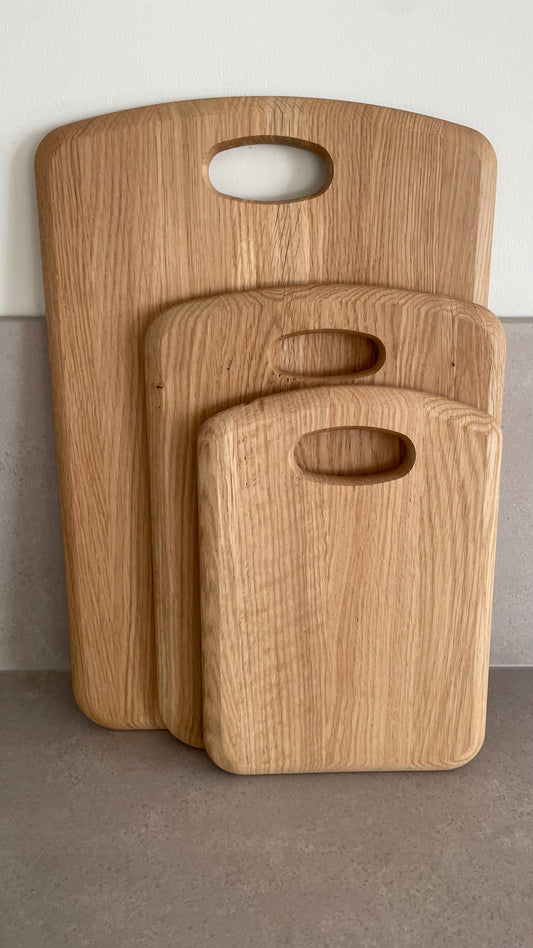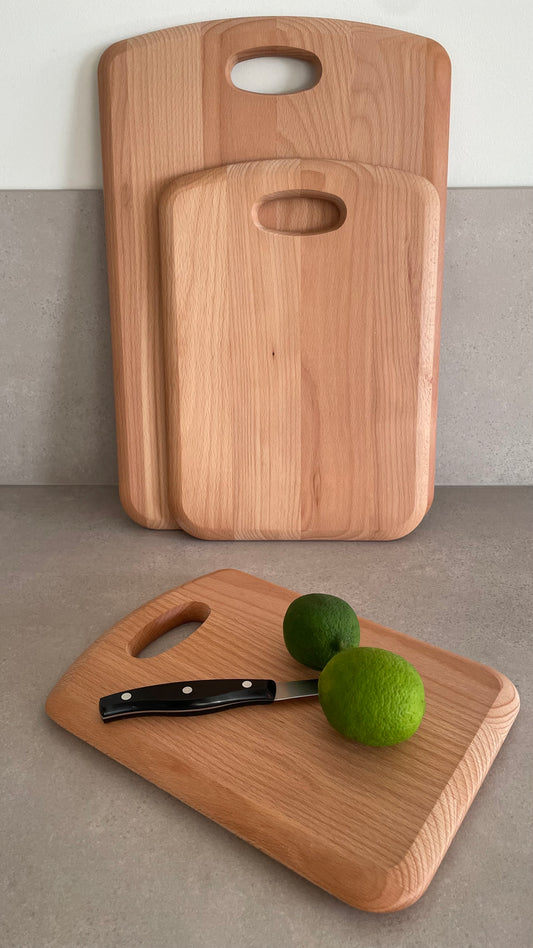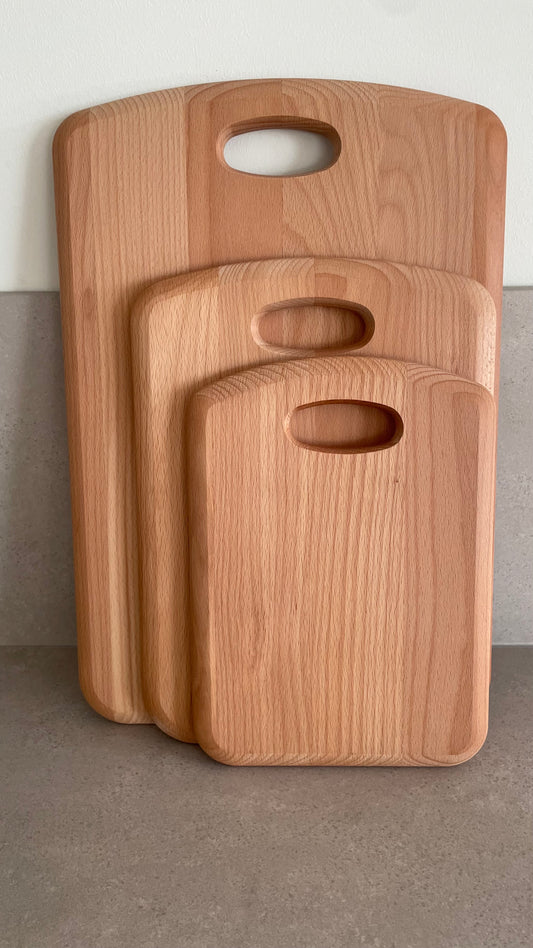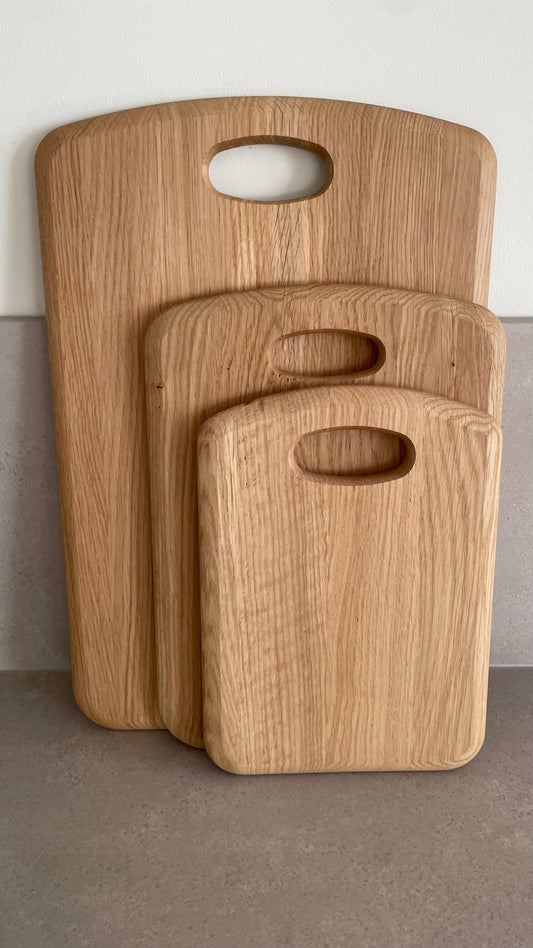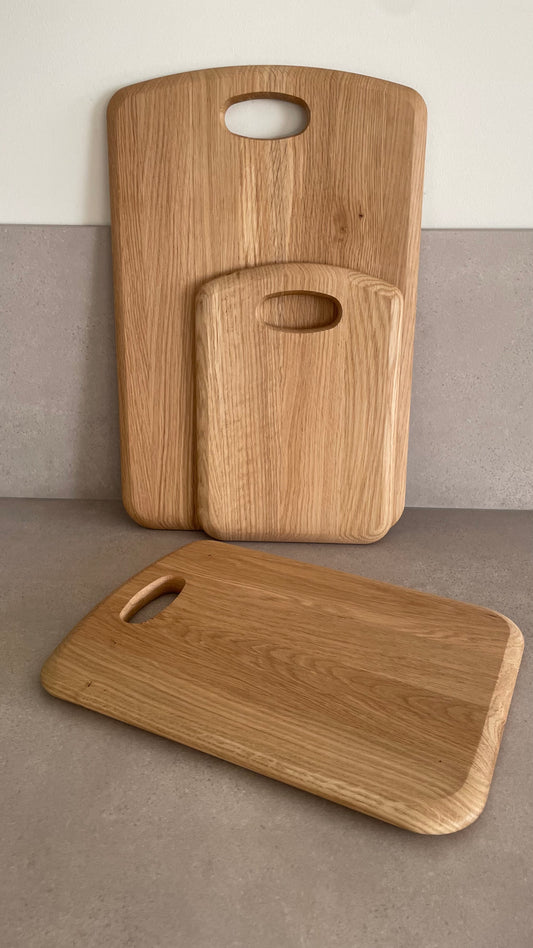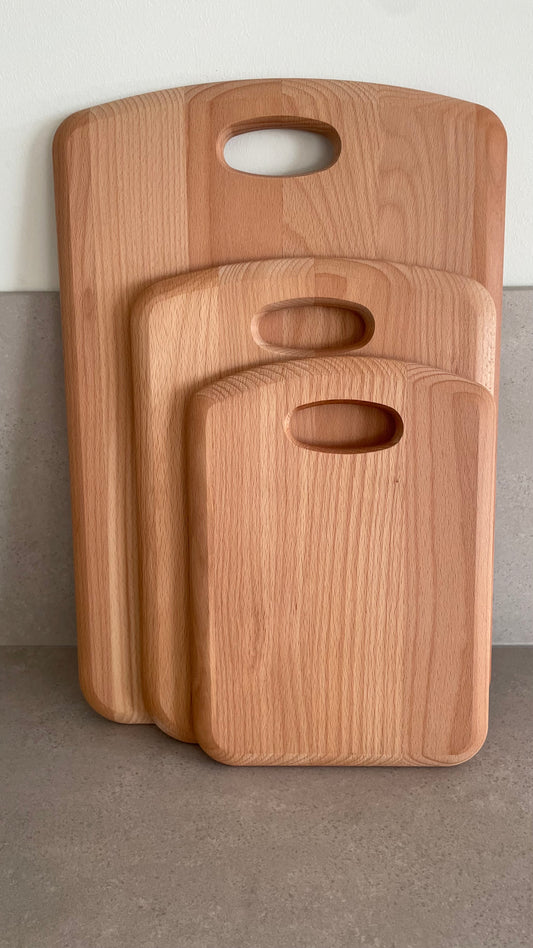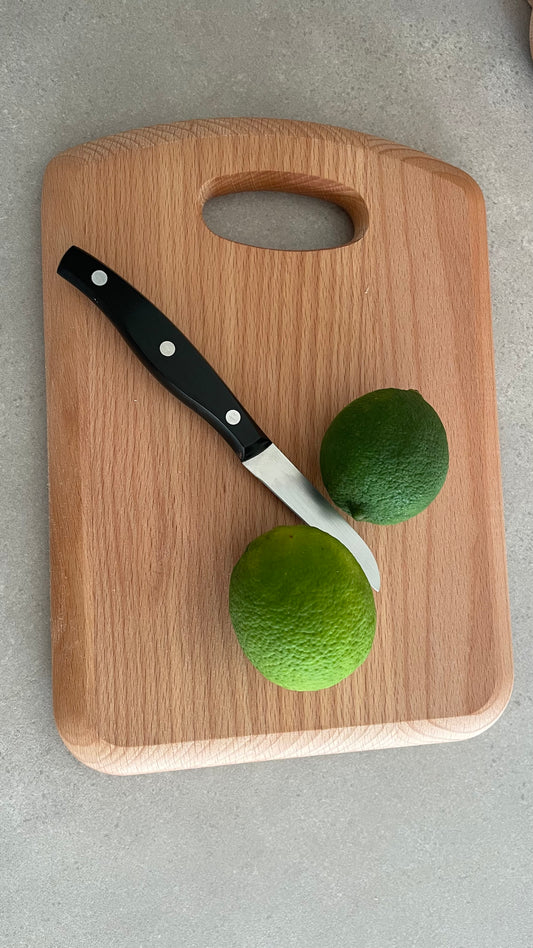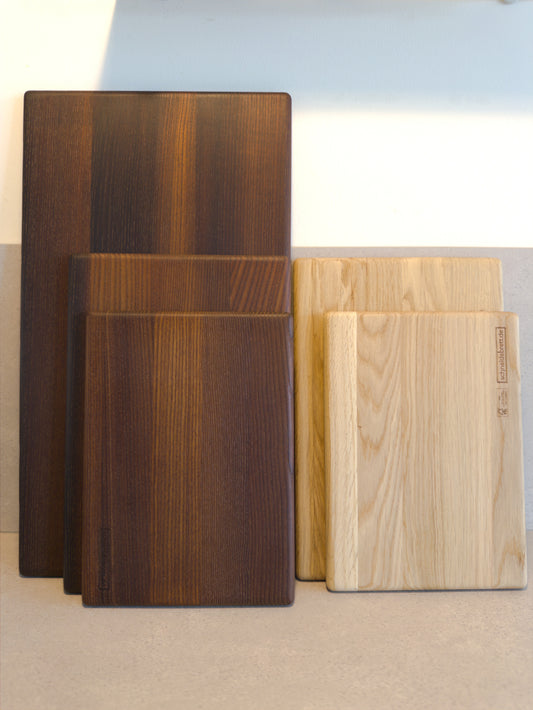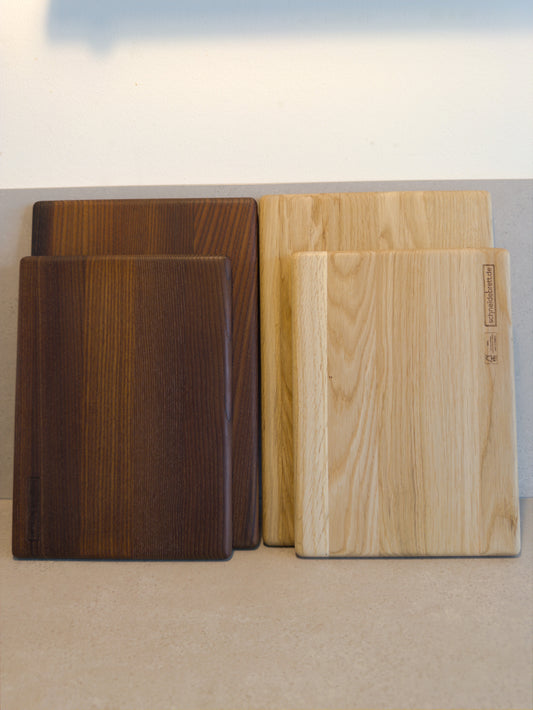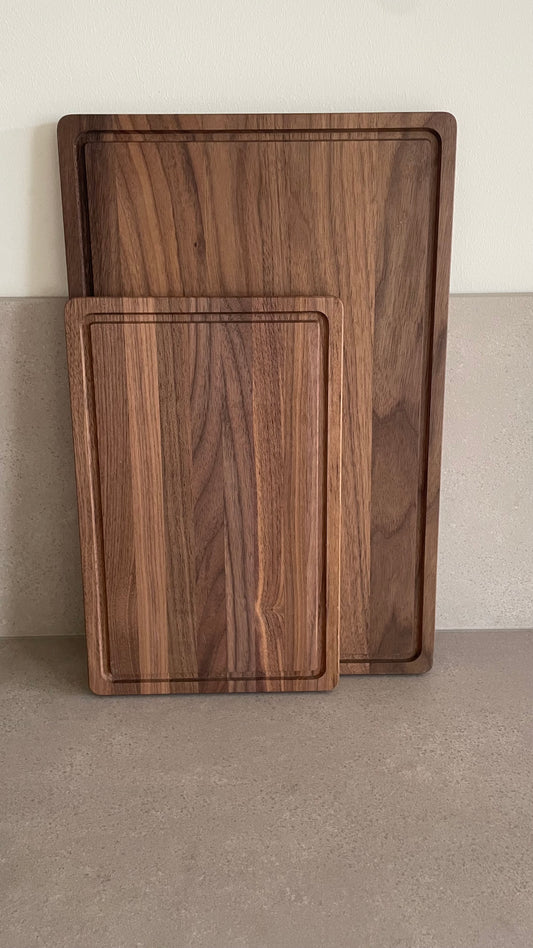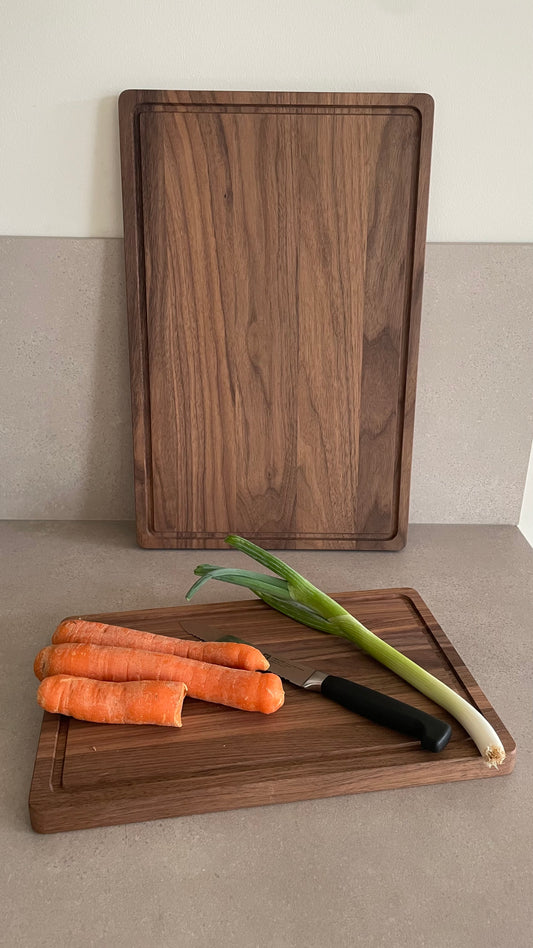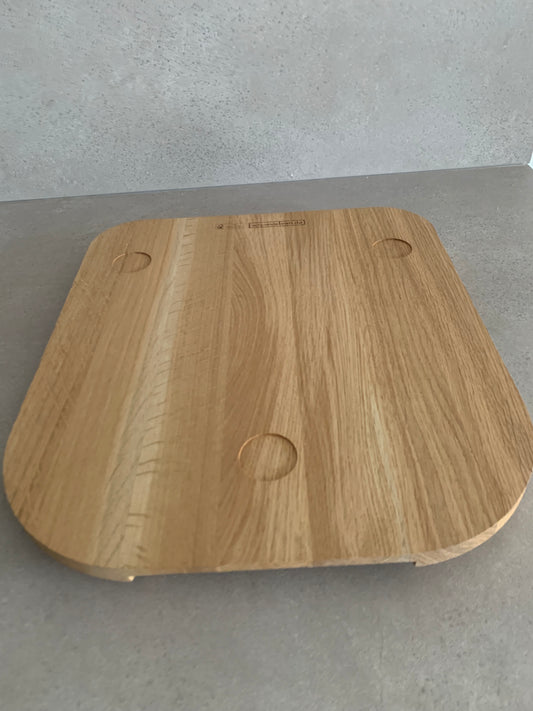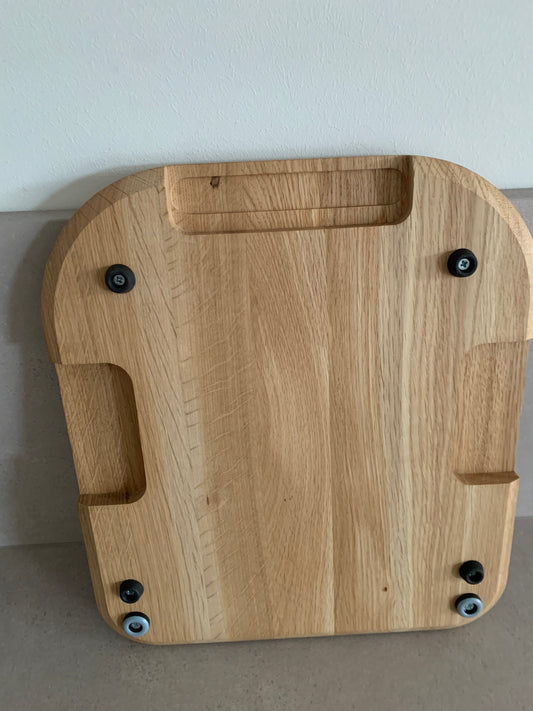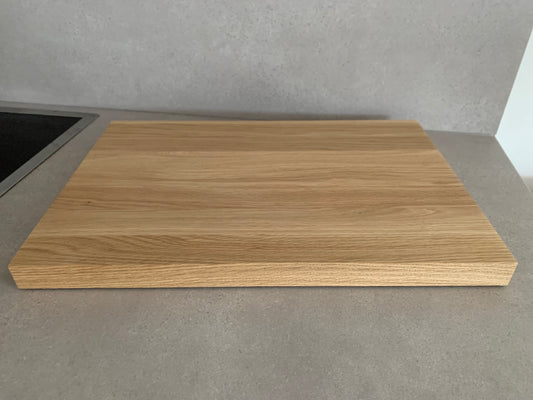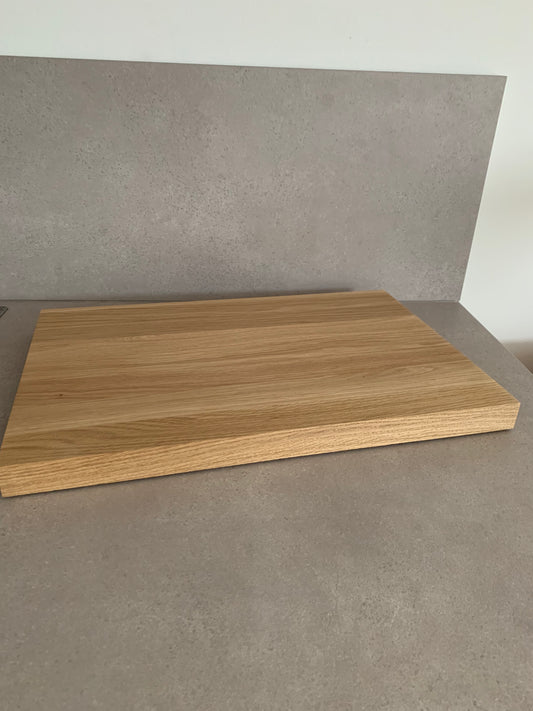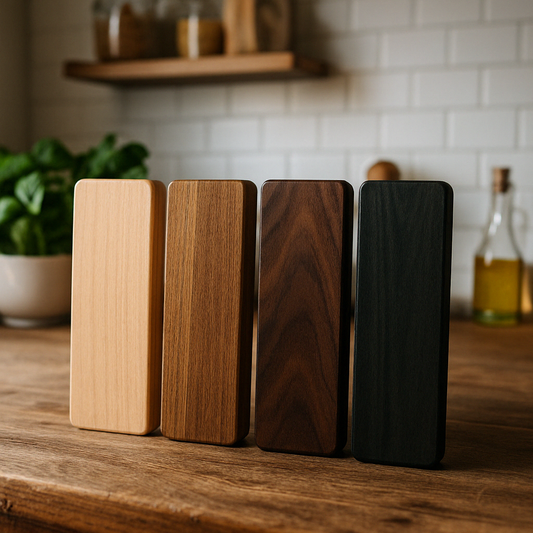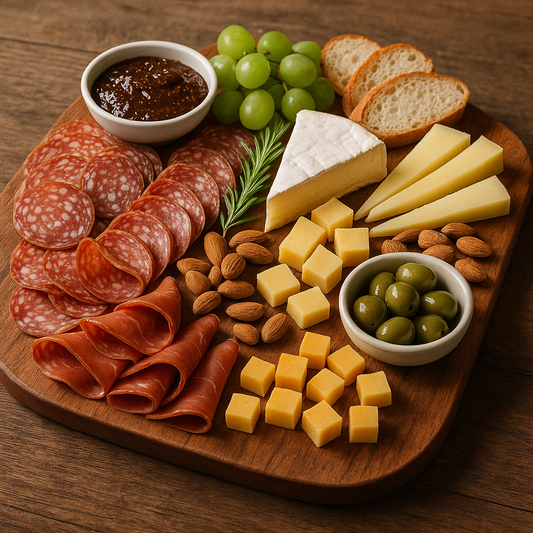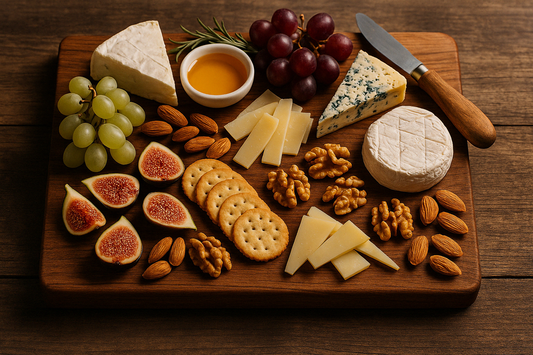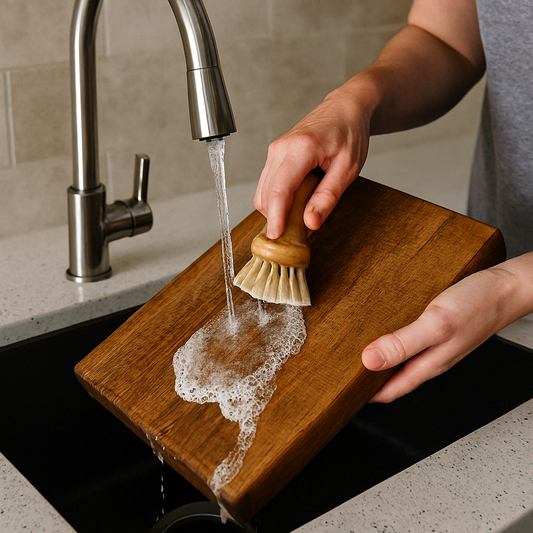
-
Charcuterie Board Oak with Handle
Charcuterie Board Oak with Handle
- Regular price
- From €35,00
- Sale price
- From €35,00
- Regular price
-
-
Charcuterie Board Beech with Handle
Charcuterie Board Beech with Handle
- Regular price
- From €27,00
- Sale price
- From €27,00
- Regular price
-
-
Charcuterie board oak with handle - set
Charcuterie board oak with handle - set
- Regular price
- €85,00
- Sale price
- €85,00
- Regular price
-
€105,00
-
Charcuterie board beech with handle - set
Charcuterie board beech with handle - set
- Regular price
- €75,00
- Sale price
- €75,00
- Regular price
-
€90,00
Unsere Nachhaltigkeitspartner

Shopify Planet


We recommend
You might also like these products. Have a look.
shop nowCharcuterie boards - culinary delights meet quality
Charcuterie boards are far more than simple kitchen tools. They combine style and functionality, perfectly showcasing food. Whether for special occasions, cozy evenings with friends, or simply for everyday use, a high-quality charcuterie board elevates any culinary presentation to a new level. With thoughtful design and the highest quality materials, every meal becomes an experience. Be inspired by the world of charcuterie and our matching boards at schneidebrett.de !
What is charcuterie?
Charcuterie, a term of French origin, describes the preparation and presentation of meat and sausage products. Traditionally, it encompasses delicacies such as salami, prosciutto, pâtés, or terrines. But charcuterie has long been more than that. Today, you combine the savory classics with a variety of other ingredients—cheese, fresh fruit and fresh bread , nuts, and even chocolate all find their place on modern charcuterie boards . The appeal lies in the variety, the combination of flavors and textures, and the creative design.
What is a charcuterie board ?
A charcuterie board is a stylishly designed board specifically for presenting food. It serves not only as a functional surface but also as a decorative element. The boards are usually made of durable materials like wood and offer ample space for attractively arranging food. A well-assembled charcuterie board is a real eye-catcher and an expression of attention to detail . It can be used for a variety of occasions, such as Christmas , New Year's Eve, or Easter.
Why a wooden board is the perfect base for charcuterie
Wood is the material of choice when it comes to high-quality charcuterie boards. It is not only naturally beautiful, but also durable and functional. Both preparing and serving food becomes a real pleasure. Wood has a warm aura and brings out the colors of the food particularly well. It is also gentle on knives, which makes it ideal for everyday use. Because wood has naturally antibacterial properties , it is also more suitable than other materials for use as a charcuterie board . The grain of every wooden cutting board is unique, so yours is always a one-of-a-kind. Last but not least, wood is a renewable resource, and our wood also comes from sustainable forestry – a decision for quality and sustainability .
Our charcuterie boards at a glance
Our charcuterie boards are available in a variety of sizes and designs to offer you maximum flexibility and variety. Whether you're looking for a small board for a snack or a large board with room for an opulent presentation, we have just the right cutting board for you.
Cutting boards in various sizes
The size of a charcuterie board is crucial for ensuring it's a perfect fit for your occasion. Small boards are ideal for individual servings or as a stylish base for bread and butter. Medium boards offer ample space for cheese and fruit, while large boards are the perfect choice for parties and social gatherings. Our variety of sizes allows you to perfectly adapt to your needs.
Our practical charcuterie board sets
If you don't want to commit to a single size, our charcuterie board sets are the ideal solution. Each set includes a small, medium, and large board, so you're perfectly equipped for every occasion. The boards can be stored space-savingly and coordinate perfectly, ensuring a harmonious look every time.
Beech or oak - properties and advantages of the different woods
The choice of wood is a matter of taste. Beechwood impresses with its light, uniform appearance and high stability. It is lightweight yet robust – perfect for everyday use. Oakwood, on the other hand, exudes timeless elegance with its darker grain and is known for its exceptional durability. Whether you choose beech or oak – both types of wood are ideal for charcuterie boards .
Quality that convinces - details and workmanship
Our charcuterie boards are carefully designed down to the last detail and made from the finest materials. They combine functionality with an attractive appearance and offer you a product that, with proper care, will last for years.
- Beveled edges for a sophisticated look : The beveled edges give each board a modern and high-quality appearance. They ensure that your board is not only functional but also a visual highlight.
- The practical handle: The ergonomic handle makes it easy to carry the board safely from the kitchen to the table or, for example, to the garden, or even hang it up. It blends harmoniously into the design and increases comfort during use.
- Durable wood for sustainable use : Wood is a durable and natural material. With proper care and cleaning, your board will remain in perfect condition for many years.
How to create the perfect charcuterie board - ideas and tips
A successful charcuterie board is a composition of flavor, color, and texture. Start with a base of various cold cuts and cheeses. Complement these with fresh fruit such as grapes, berries, or figs. Nuts or crackers add a crunchy touch, and small bowls of honey, jam, or mustard complete the arrangement. Make sure to arrange the ingredients in a visually appealing way—playful patterns or color contrasts draw attention.
Use the natural colors and texture of your wooden board to enhance the flavor of your food. Fresh herbs like rosemary or thyme not only add a touch of fragrance, but also add a special touch to the design. With our charcuterie boards and these tips, you'll be a host who will delight any occasion!

